Blog
The Plank Challenge
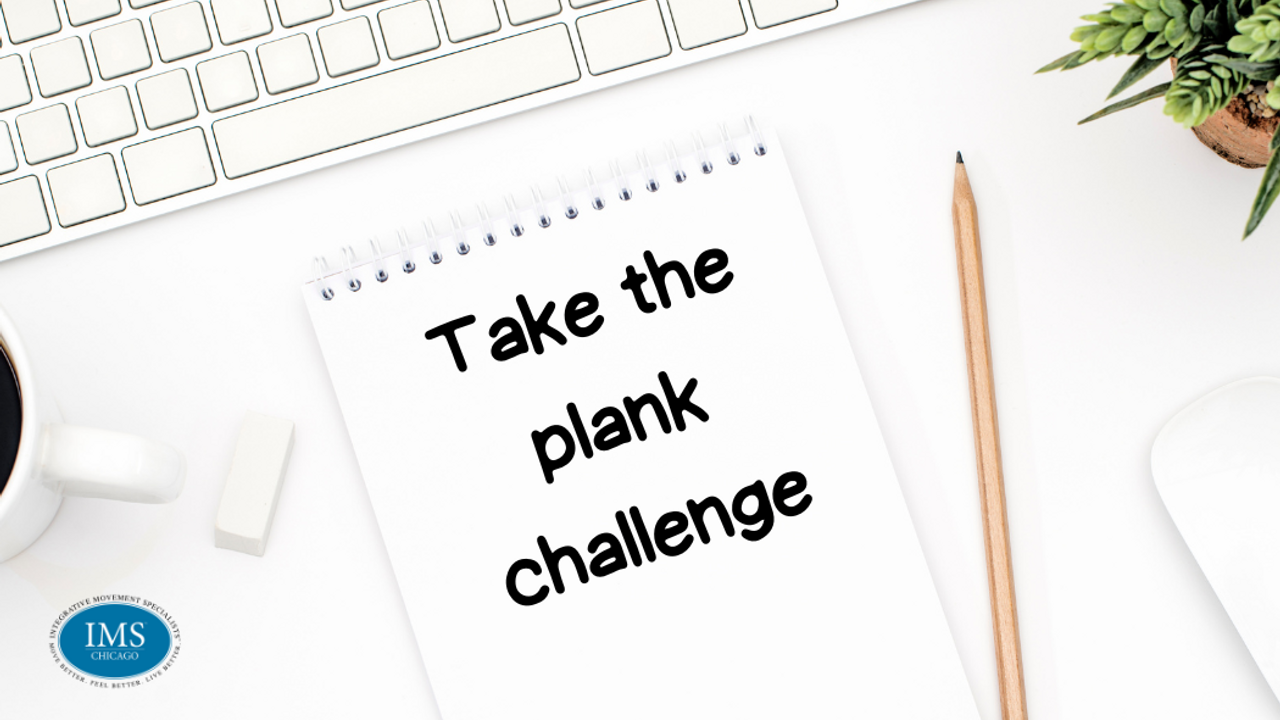
The plank is a widely used exercise to build core strength. When done optimally, it can build core strength and improve shoulder and spine stabilization.
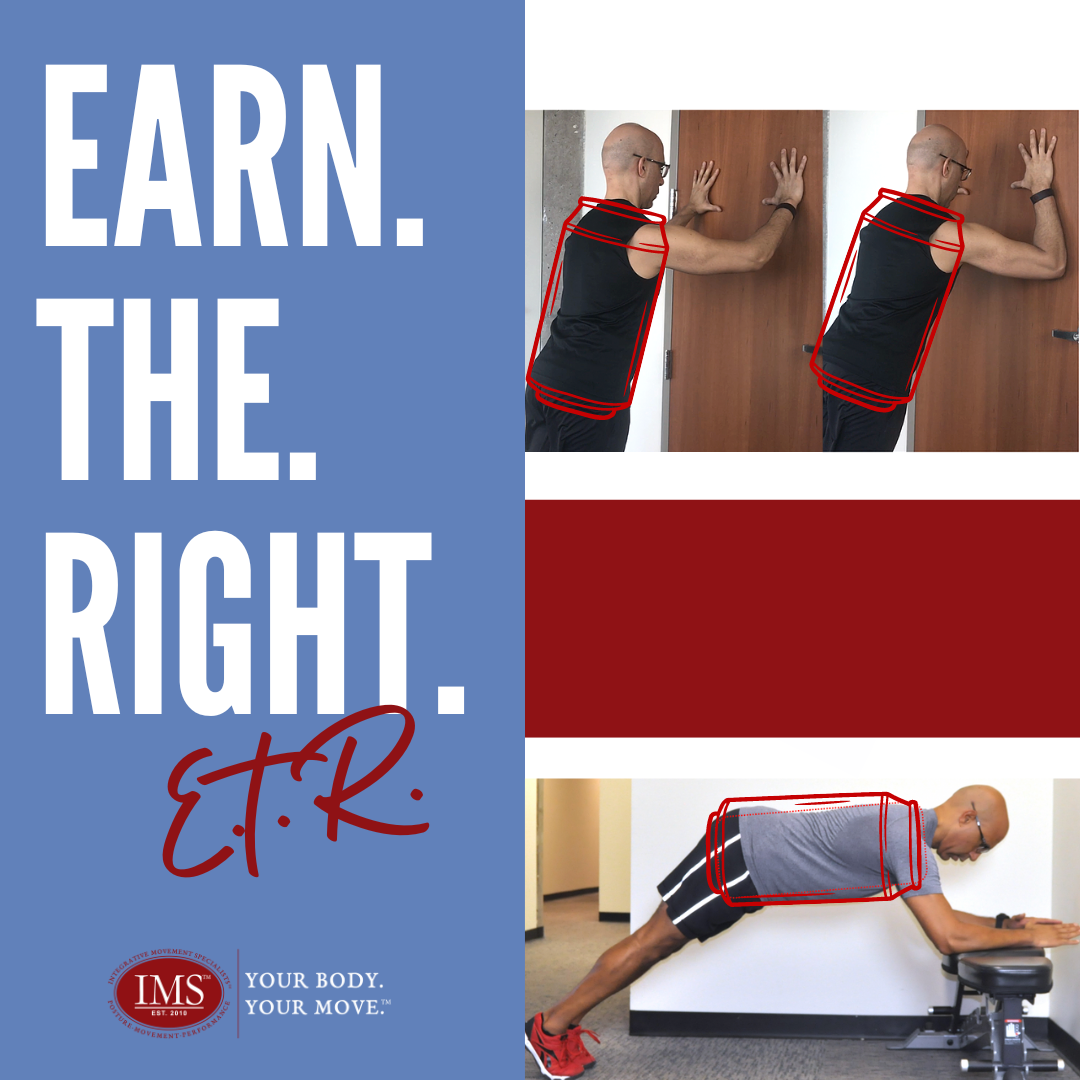
To get the most benefits from the plank, you want to follow the simple plan of A-B-C.

A stands for alignment of the joints. As outlined in the photos above, maintain your rib cage in alignment with your hips and pelvis. When you can do this, it maintains optimal spine alignment, allowing your core muscles to naturally turn on to maintain this posture without having to 'pull' them in.
B is for three-dimensional breathing. Breathing in a three-dimensional manner allows you to use your deepest core muscle, the diaphragm, maximally. It also helps support your spine in the plank position.
C is for control. Control is when we use the correct effort for the task while maintaining A and B.
Start with the wall plank with the arms extended. Focus on maintaining the above...
Do you struggle with 'good' posture?
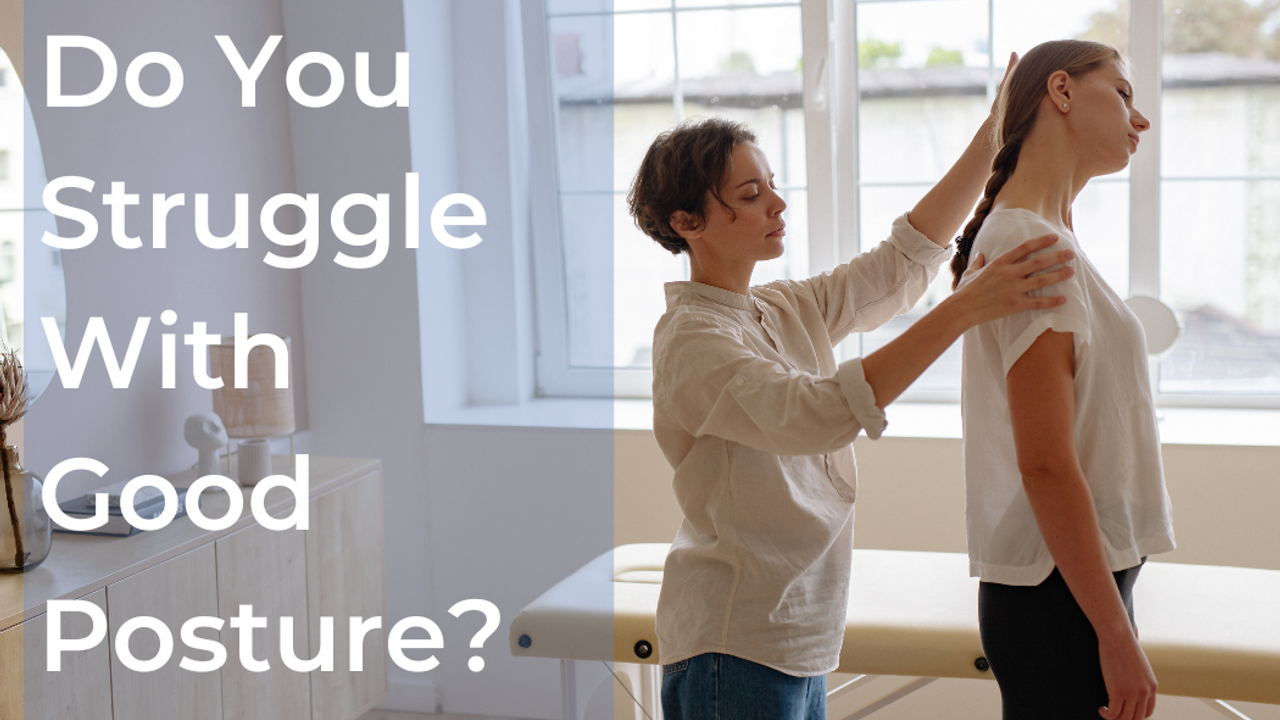
Stand up straight, pull your shoulder back, lift your chest, pull your abs in, and squeeze your butt; these are common cues for posture but are they good cues?
The dictionary defines posture as the position or bearing of the body, whether characteristic or assumed for a particular purpose. Various postures are assumed for many reasons, including the military, fashion model, and bodybuilder, also to appear thinner, taller, shorter, and others.
What posture is good for the health of your body?
When we consider 'optimal' posture, it would ideally be efficient, meaning the least amount of muscular effort while maintaining alignment of the body's joints.
The first picture below demonstrates optimal versus suboptimal standing posture.
The second picture demonstrates how to create a more optimal posture.
1. At the head: Imagine a hook under the small bump on the back of the head, and it suspends your head towards the ceiling. This will help lengthen your...
Debunking the myths about falling
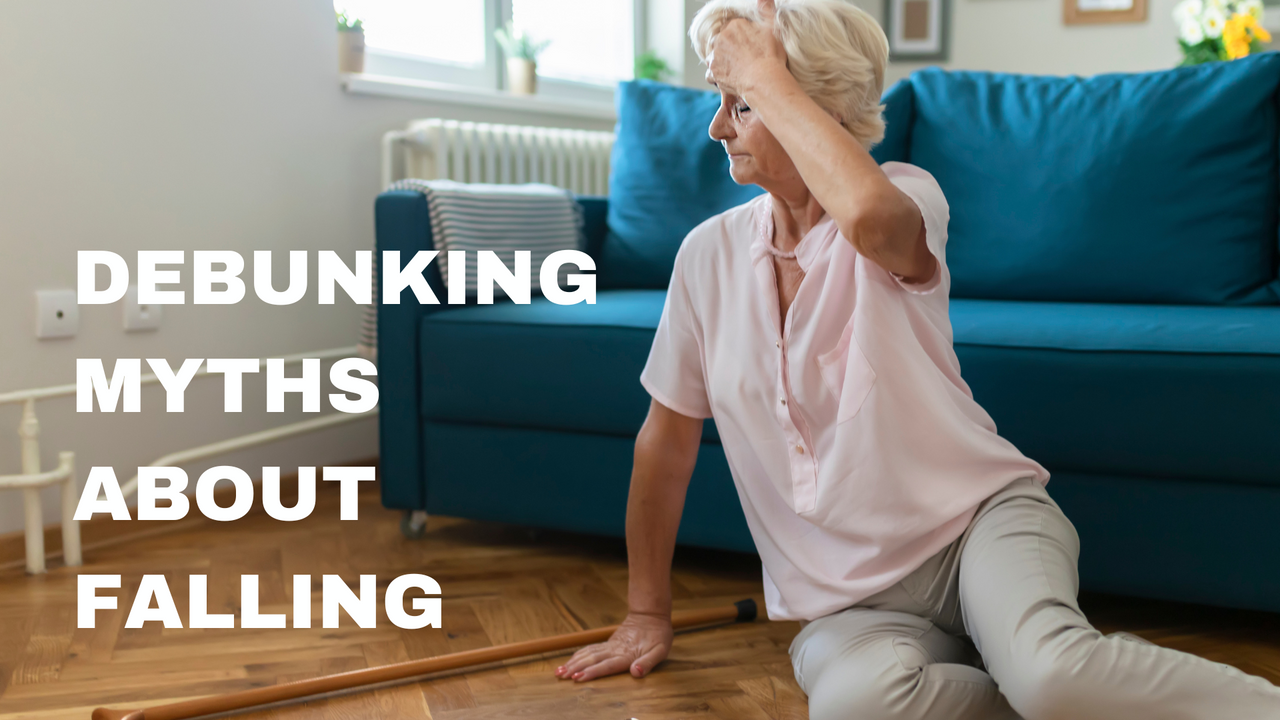
According to the National Council on Aging, every 11 seconds, an adult is seen in the E.R. for a fall-related injury,
The end of September was Fall Prevention week in the U.S. As a promotion, the National Council on Aging wrote the article, Debunking the Myths of Older Adult Falls. Of the ten myths listed, #3-#5 stuck out the most.

Physical activity is one of the best ways to build and maintain strength and flexibility. Strength and flexibility are essential to balance.
A few months ago, we covered a few things you can do to work on your balance. They included:
- Spend time breathing three-dimensionally to improve the flexibility of your spine, rib cage, and hips.
- Stand with your weight over your foot tripod, meaning your weight should be equally distributed between the base of your big toe, small toe, and heel, giving you the broadest base to stand on.
These will go a long way to improving your balance, flexibility, and core strength.
The best thing you can do if you...
4 Things To Stop Doing For the Health of Your Back

According to a recent article published by the NIH (July 2022), back pain remains one of the top reasons for doctor's visits.
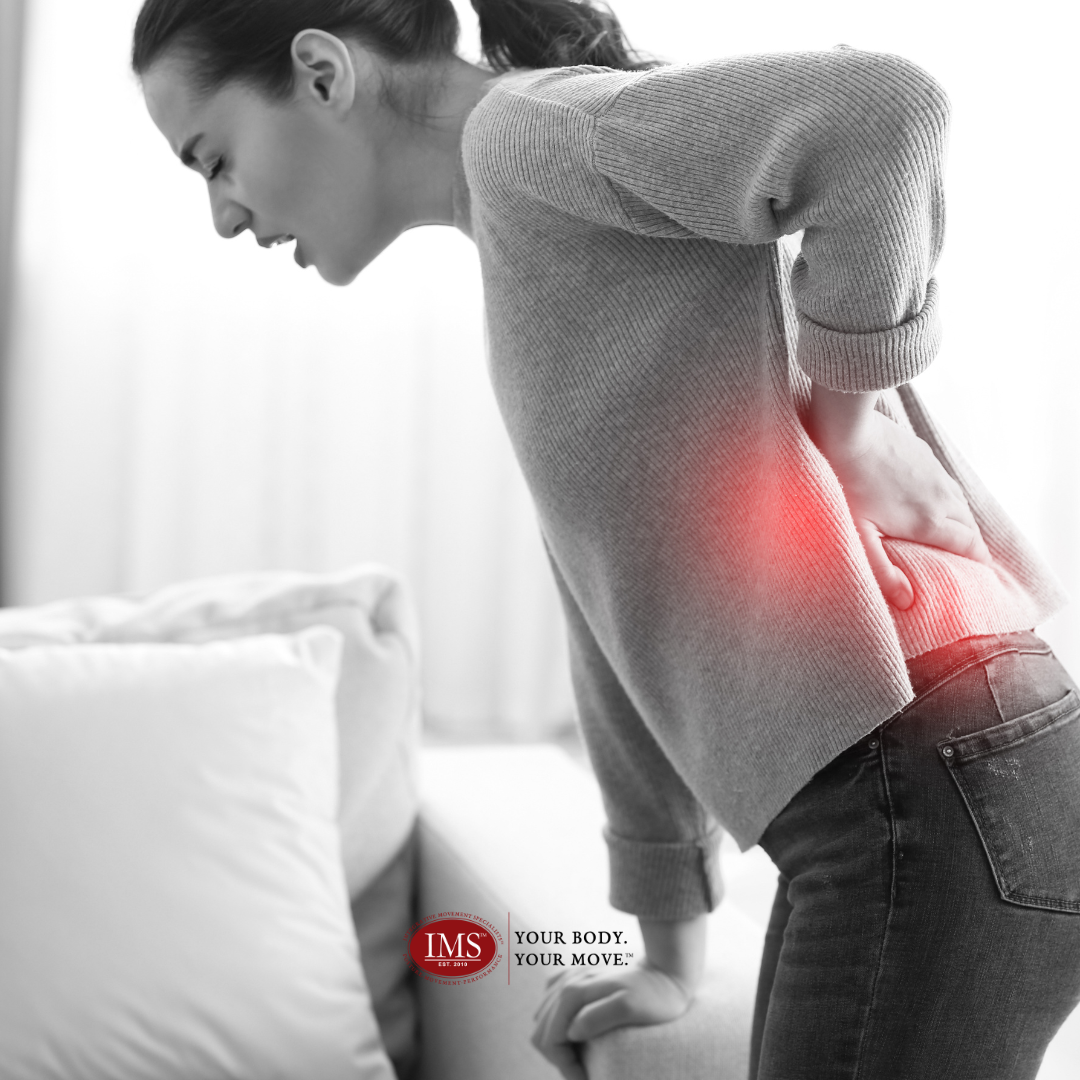
The article lists various back pain causes, including congenital to non-spine related and risk factors from age to psychological.
The article's recommendations for helping with back include medication, strengthening, stretching, and surgery.
One thing the article did not cover:
what you should stop doing for the health of your back and spine.
The picture below shows four everyday activities you may do throughout your day to move or for posture.
Each of these will put pressure on your spine and change the soft tissue (muscles, tendon, ligaments and fascia) in your lower back area. Eventually, the alignment of your spine will change and put pressure on your discs, spinal cord, and spinal nerves.
So the number #1 thing you can do is stop or modify the following activities:

- Stop bending through your low back. When you bend, bend at your...
Do You Struggle with Neck Problems?
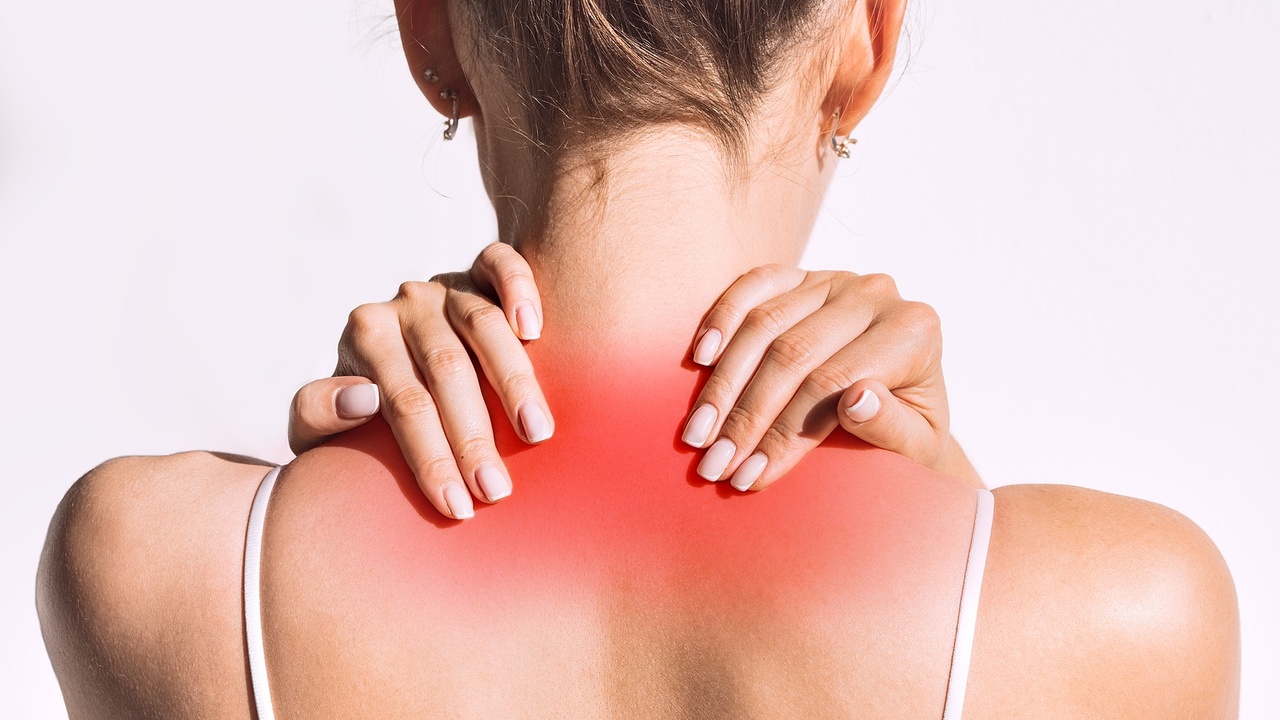
When you have neck discomforts like tightness or pain, it can make the day pretty unbearable and make everyday life activities hard.
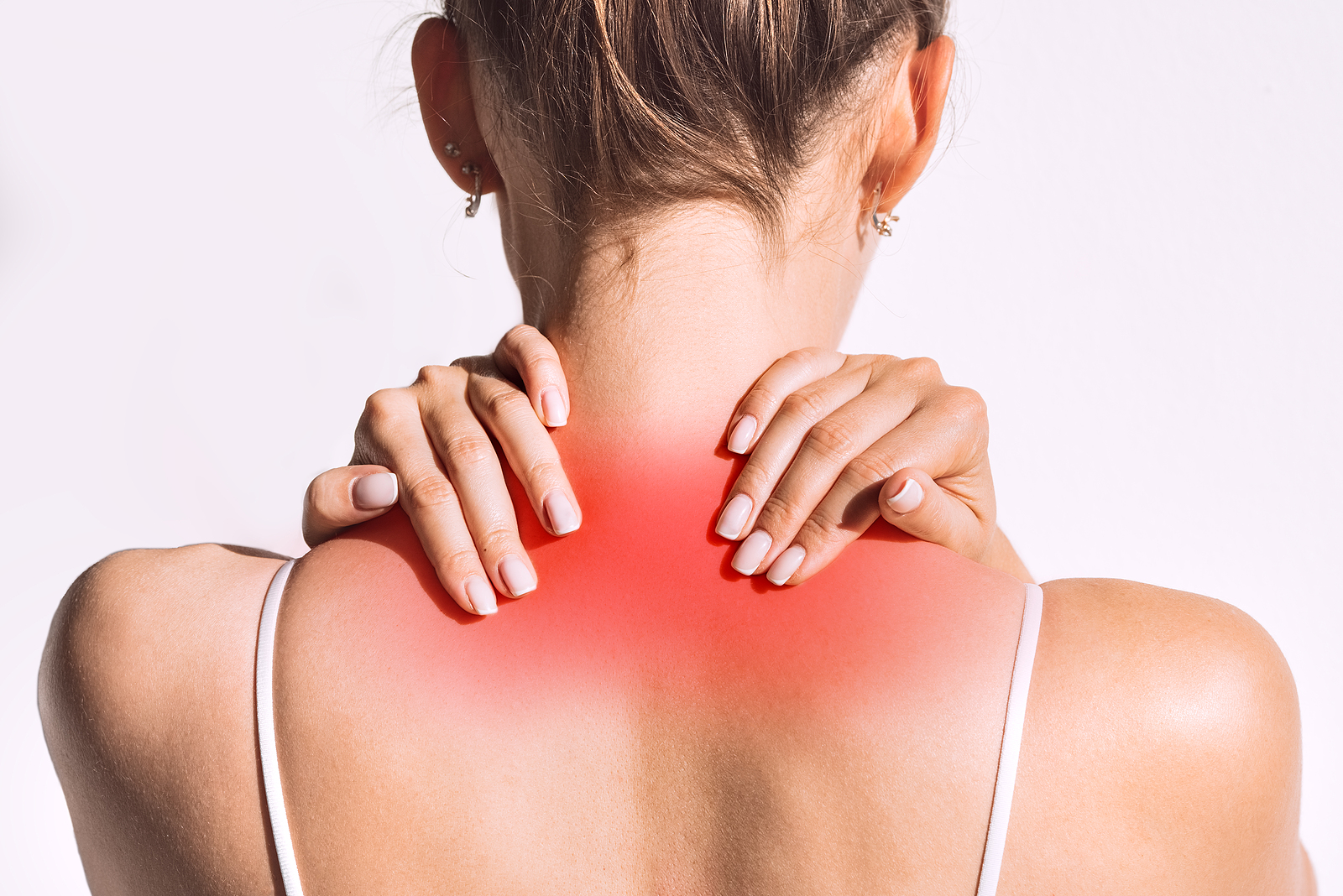 Did you know that you have over 20 muscles that connect the base of your head, neck, and jaw to your rib cage and shoulder joint?
Did you know that you have over 20 muscles that connect the base of your head, neck, and jaw to your rib cage and shoulder joint?
So, if you have neck issues, it may come from something with your rib cage and shoulders.
The same is true in the opposite direction. It may be from something in your head, neck, or rib cage if you have shoulder issues. The body can be pretty complicated. Often, where we feel discomfort in our body could be caused by a problem from someplace else in our body.
Example: If I always pull my shoulders down and back to appear to have better posture, this action will stress my neck. The movement of pulling the shoulders down and back stretches the muscles attached from my neck to my shoulders. My brain perceives the feeling of tightness as I pull the muscle long and tight like a...
What is the best way to squat?
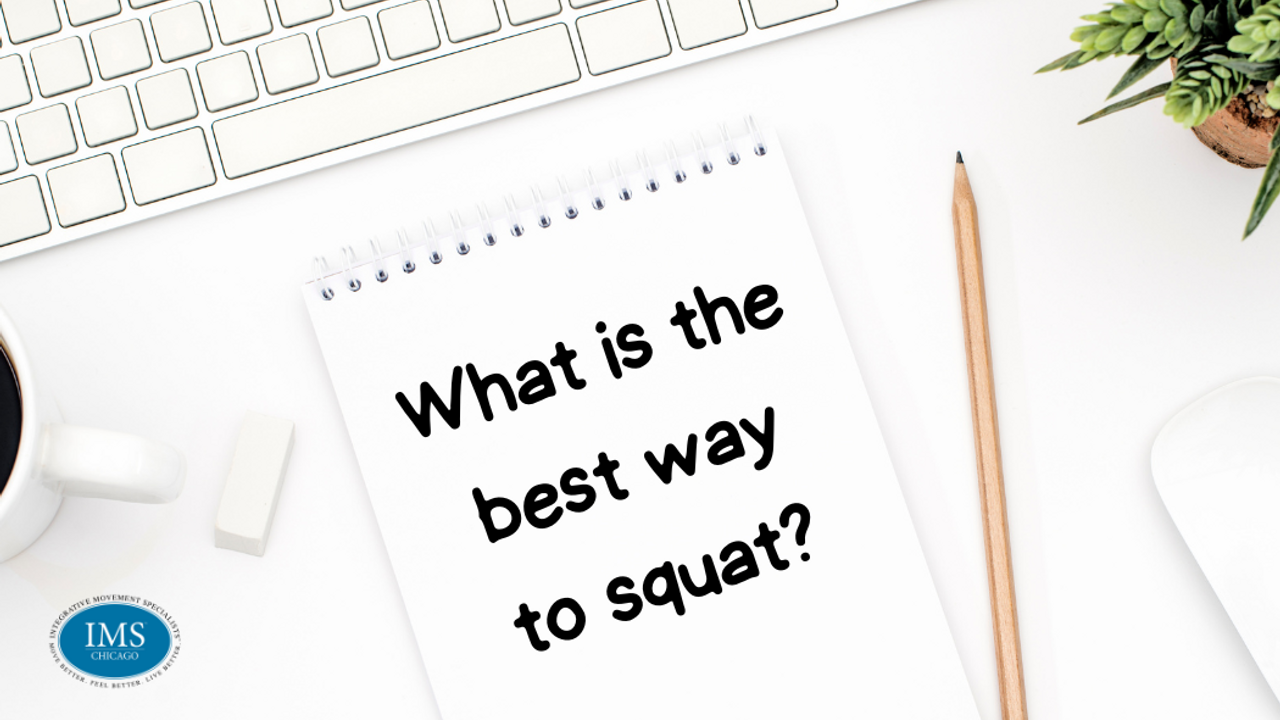
Clients always ask, what is the best way to squat?
Do you know the answer to the question below?
When you squat or sit down, do you tend to bend first at:
a. your neck
b. your knees
c. your low back
d. your hips
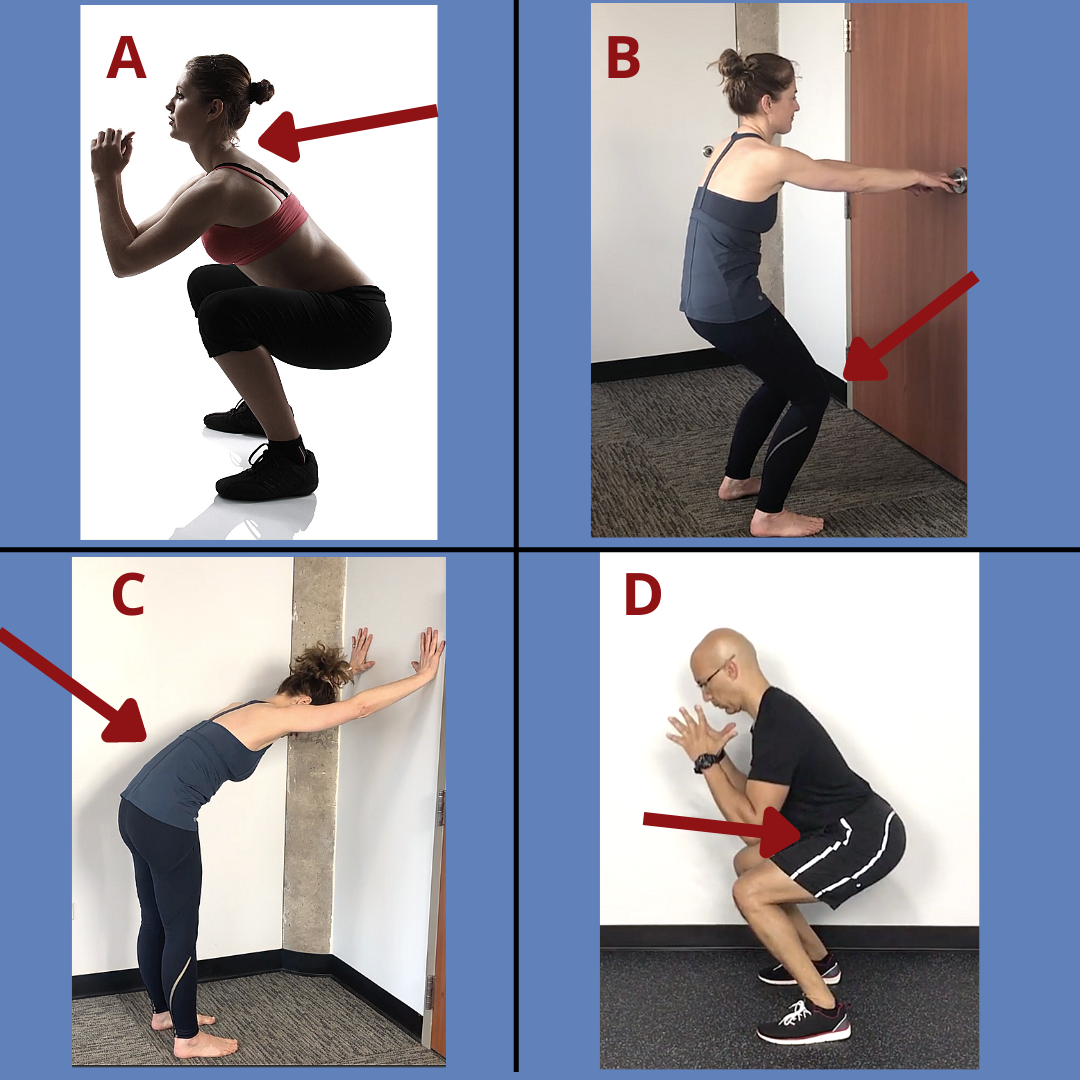
SURVEY SAYS:
Hopefully, you answered d. However, folks often say knees; yes, your knees should bend when you squat or sit. However, it should not be the first place that you move.
You can see by picture (d) that as the person goes into the squat, the whole torso moves from the hips to the head.
If you stand up and place your hands on the crease on the top, front of your leg, where your thigh bone meets your hip joint, this is the joint or area where you should start moving when you sit or squat.
It seems like it should be easy; however, for many people, the first thing they do is bend their knees (pic B) or their back (pic C).
Initiating the movement from your hip joint will help save your knees and spine. It will also help with your balance. Bending through your hips...
Do you need a strategic plan?
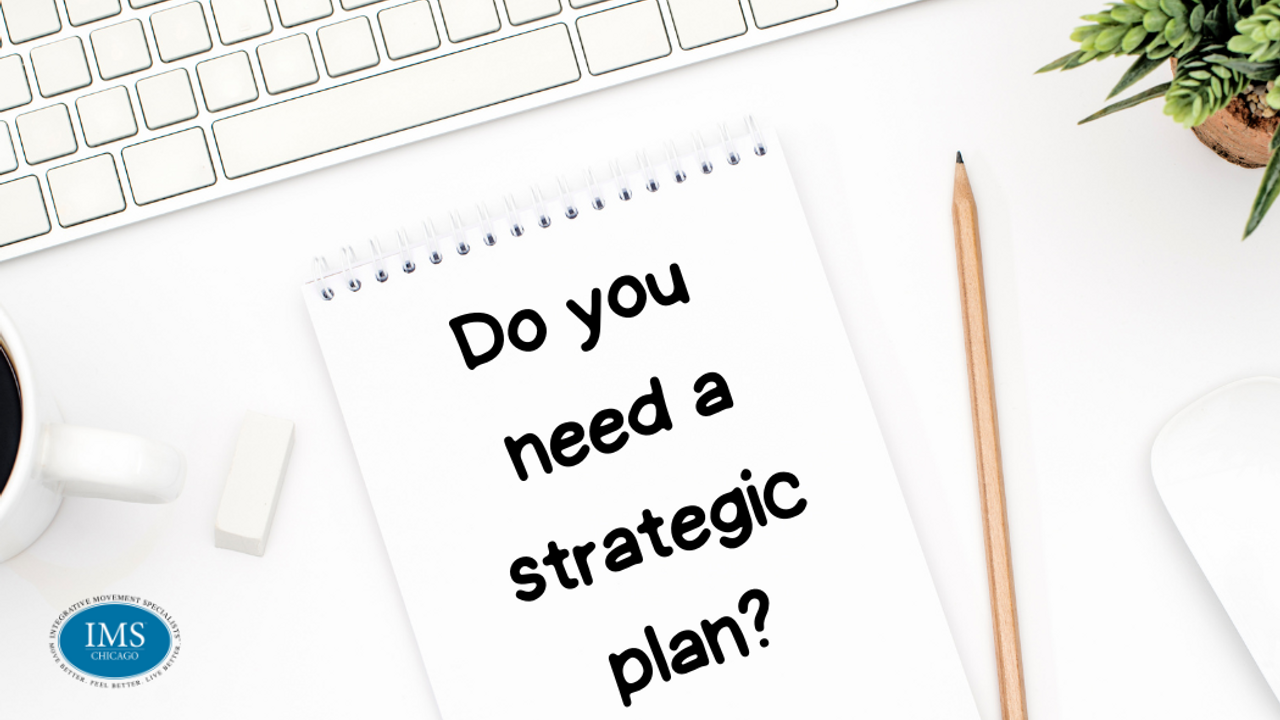
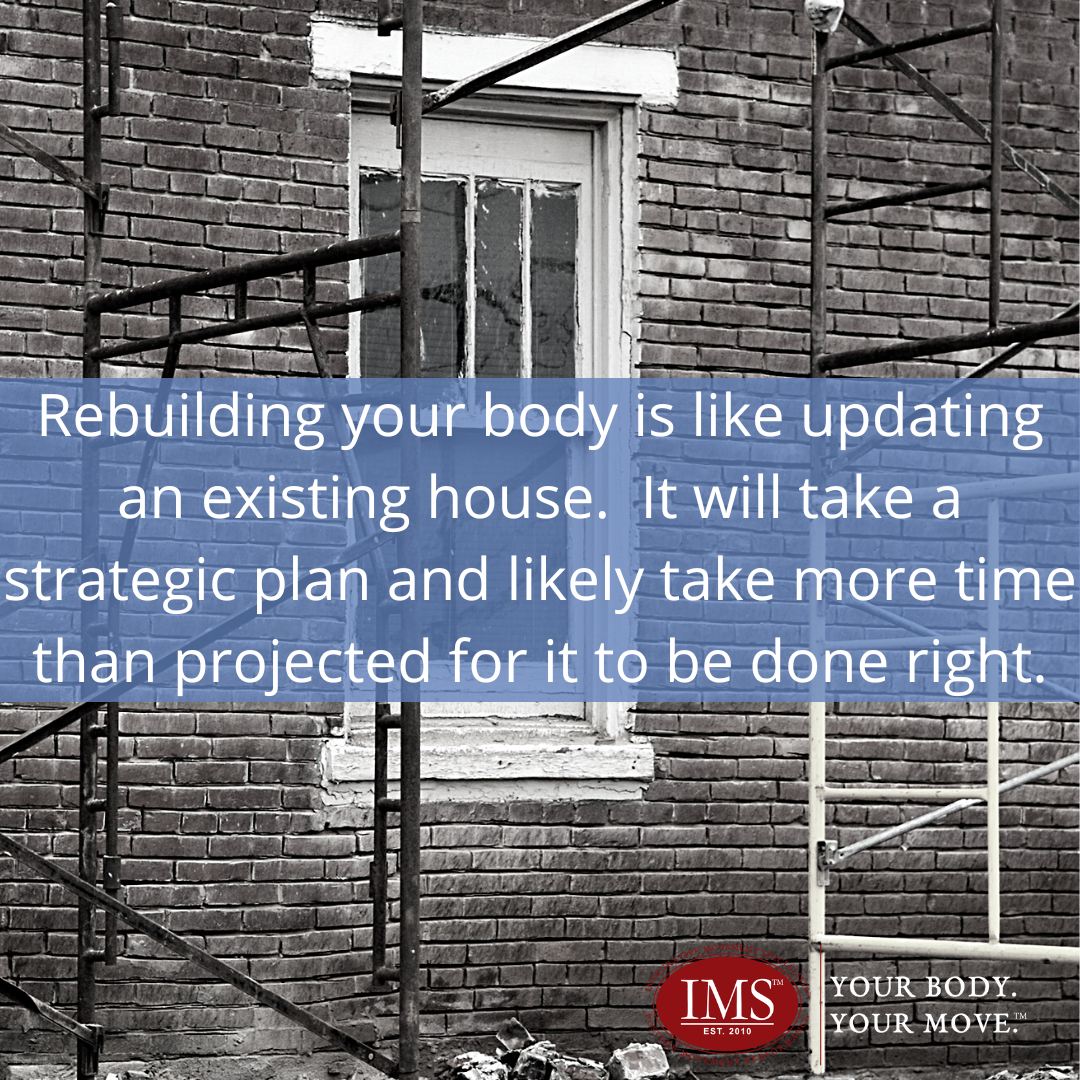
When properly rehabbing a house, a plan is put in place. Depending on the house's history, it may require a multi-step strategic plan. It may need need to be updated to run more efficiently. More time may need to be spent on specific areas or systems.
When starting a health or fitness program, you need a strategic plan specific to your needs and wants. Like updating a house, it may take longer than the initial plan. Yes, that can be frustrating, and if you know from the start, you can manage your expectations when issues arise.
An example: Sally is a referral after being discharged from physical therapy. She has met their functional goals and still has limited motion in her shoulders, making it difficult to do simple tasks like reaching overhead into the kitchen cabinet, putting on her bra, and doing exercises requiring her arms. Sally has a complicated medical history, including several abdominal surgeries and ankle sprains. In just a couple of sessions, Sally has...
Take the Flexibility Test

Do you know the quickest way to improve your flexibility?
In part one of this series, we looked at posture. In part two, we shared the concept of working smarter, not harder. While both are essential for improving your flexibility, this one is the quickest way to become more flexible at the moment.
Let's test my theory.
Stand up.
- Bring your feet comfortably together. Place your hands on your hips. And slowly turn your whole body as far as you can to the right.
- Return and stop at center.
- Turn your whole body comfortably to the left.
- Return and stop at center.
- Repeat the above two more times. Always stop at center.
Which side do you feel resistance as you turn? Or does it not feel as easy to move?
- Place your arms by your sides.
- Raise both straight arms overhead.
- Compare side to side as you repeat this two more times?
Is one side more challenging or uncomfortable to move overhead?
Standing with arms at your side and feet hip-width...
4 Keys to Improving Flexibility
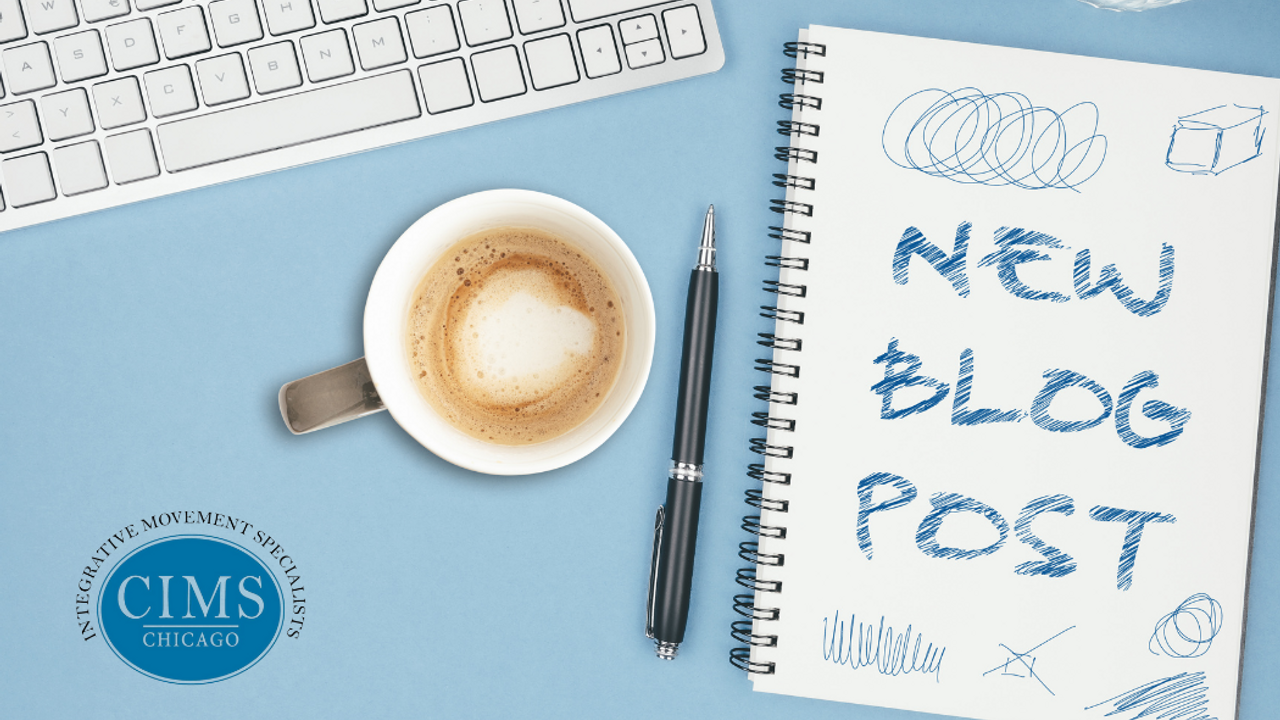
One of the most common reasons clients see us is to improve flexibility, or as one client put it the other day, "I would like to move more fluidly".
Injuries like falls, car accidents, sprain, strains, etc., and surgery can directly and immediately affect your flexibility. We will look at these in the future and their effects on walking, balancing, exercising, breathing, and flexibility.
There are some key elements we must include in our everyday life to maintain flexibility if we have had a history of injury or not.
- Mind our posture. (This may be different from what elders told you.)
- Breathe well. (Yes, we know you breathe all day.)
- Use the right muscles for the task we are performing. (Yep, work smarter, not harder)
- Check and reset as needed. (Like any machine, you have to check-in and sometimes reset if things are working efficiently.)
Today, we will look more closely at our posture. From the time we were small, we may have heard, 'sit up...



